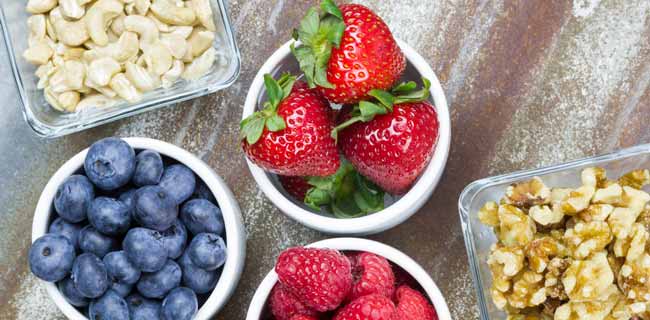Sometimes, blog posts don't need to be a whole meal. What if your readers only want a little snack? “Less is more” is a mantra that’s been around for ages, and it’s as true as ever when you apply it to content. Long-form content has its time and place, but snackable content has become a popular way of disseminating information, because:
- It’s punchy
- You don’t need to capture your target’s attention for more than a few seconds
- It encourages sharing
- It sticks around for SEO purposes just as well as longer content does.
Creating good quality snacks is an art, however, whether you’re talking food or online content. Fortunately, digital media offers us lots of ways to do so.
Social Media
Twitter began the snackable content craze, with its 140-character limit on updates. Hard on its heels are Vine and the latest addition, SnapChat. But what if you’re a Facebook Junkie or LinkedIn buff who doesn’t want to learn a new platform right now? Then curating info tidbits from other sites, infographics and embedded video links are your friends, because you can achieve the same result on your networking site of choice.
The purpose is to get your message across in the few seconds it takes for readers to view your post, and to make it interesting or engaging enough to get them to share it with their networks.
Marketing Snack Packs
Sampling has been a successful marketing tactic since the beginning of time, and if your product is content (or content-driven) then it’s a good way to get your customer to test before he buys. If you’re promoting a free ebook or white paper as a way to generate leads, a powerful, compact summary gives the reader a sample of what he can expect to find in the download. Do you have an online webinar or video demonstration of your product that last for 5 to 10 minutes? Offer a 30-second sample to encourage users to sign up for it. Sure, you may lose out on some participants because they realize it isn’t what they wanted, but at least you won’t lose them during the virtual event when all attendees can watch the numbers dropping as they leave.
Remixing
Remixing is a staple of the music industry, with old songs routinely making a reappearance with an updated beat or a new zing to them. Why not do the same with the more successful of your existing blog posts? Show them a little love by taking just one aspect, keyword or section and updating or expanding on it just a bit to give it a new look. Keep it short and sweet, and publish it with a new heading and share it on social media with a new approach. You’ll be:
- reinforcing the message of the original piece with your target audience
- reaffirming the validity of the message by populating the internet with yet more authoritative evidence of your claims
- providing updated content for your SEO purposes as well as your Google ranking, without the work involved in creating new stuff
- giving your reader something to snack on without repeating yourself
- maximizing your return on investment from the original blog post.
With all these benefits, what’s not to love about remixing?
Visual Variety
A big part of successful snackable content is its visual appeal, and to keep it interesting you need variety. Luckily, variety is the name of the digital game, with options such as memes, images, animated gifs, infographics, video clips, podcasts, slide shows and pop-ups to choose from. Ok, forget that last one—popups really aren’t popular and never have been. But all the rest offer a smorgasbord of variety for your hungry reader to snack on, and as long as you make them tempting enough he’s likely to start sampling. And if he enjoys what he gets, he’ll come back for more. Or so the theory goes.
Snackable content is all about serving up your message in small, easily digestible helpings that your reader can consume anywhere. With the increasing trend towards mobile, this is beneficial because the smaller your snack, the easier, faster and cheaper it is to access or download. Also, the less time it takes to consume while on the go and the less space it takes to store means the more people are likely to access it. Less is most definitely more.






